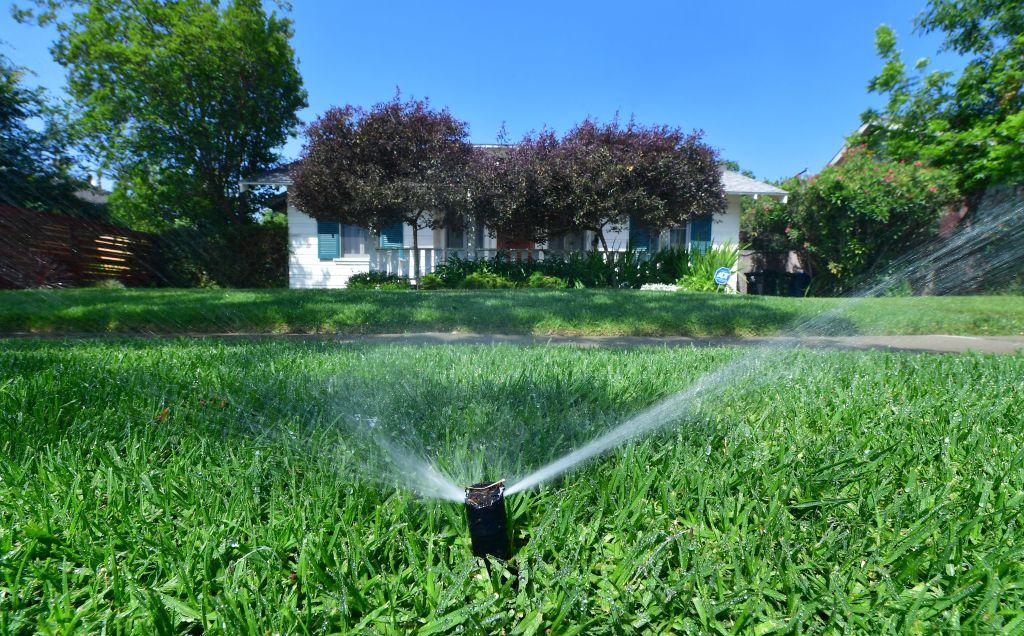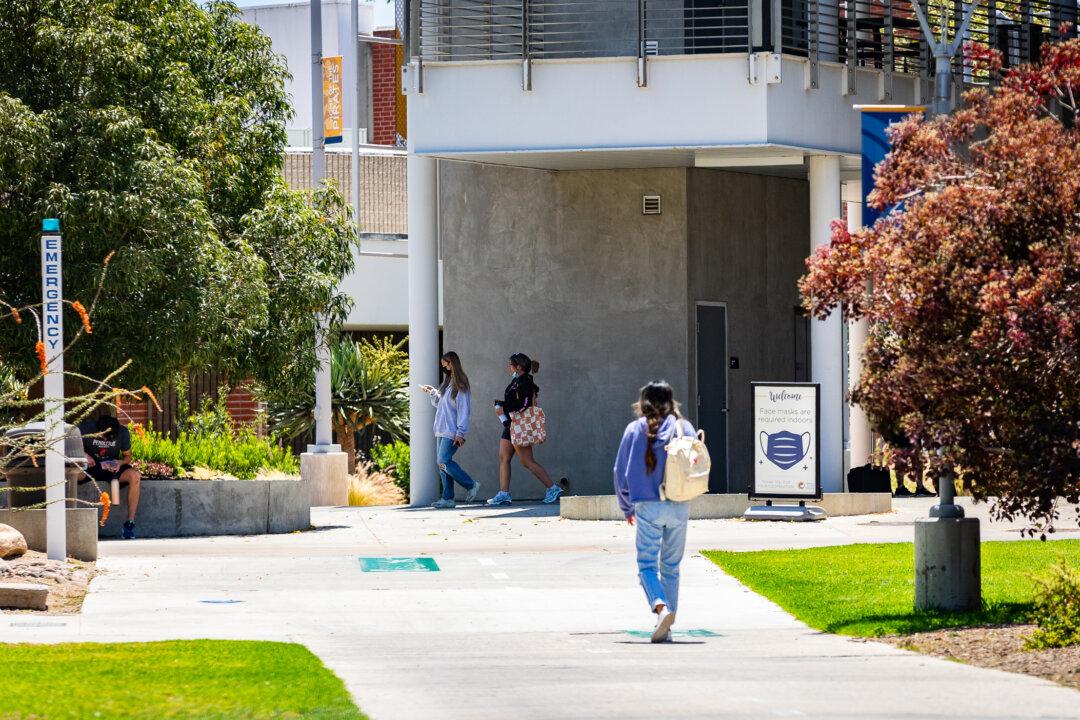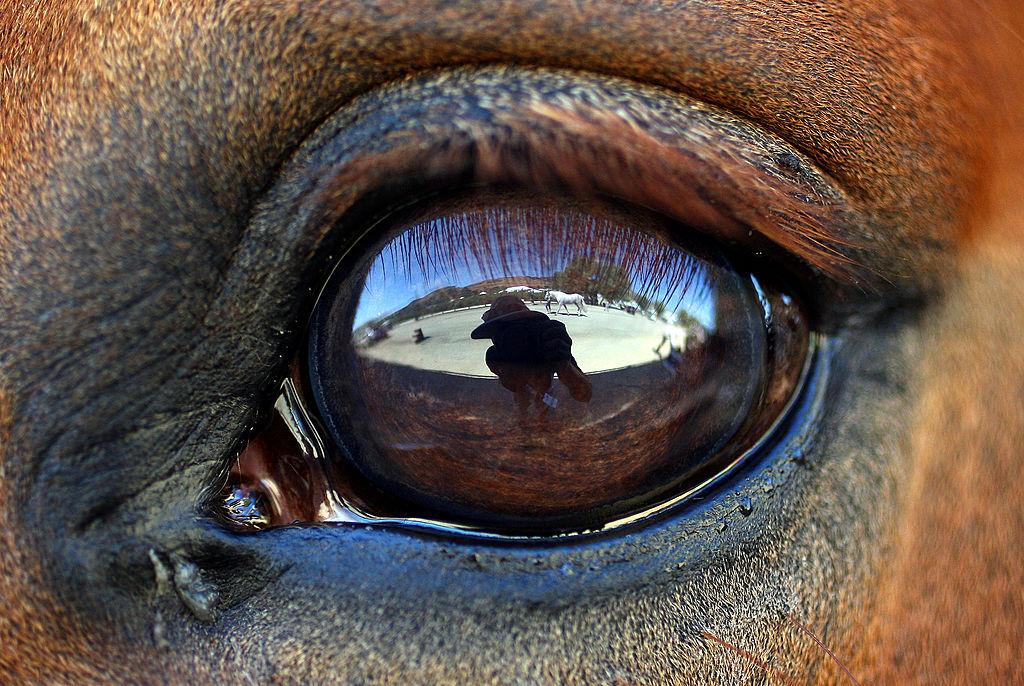A former water utility director said the California and federal government are to blame for the state’s water shortage issues, since the state’s infrastructure has not kept up with demand.
“The State of California and the Feds are largely responsible, because we have not continued with the building of our water infrastructure,” said Brett Barbre, former director of the Municipal Water District of Orange County, during an interview with EpochTV’s “California Insider” program.




